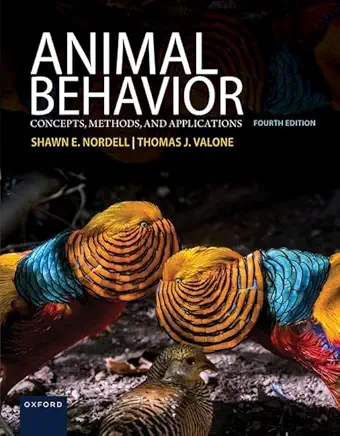
description
ds, and Applications uses a conceptual approach that puts the process of science and applications front and center. Animal Behavior has garnered praise from reviewers for its accessibility, student engagement, and profound exploration of major concepts and empirical methods in animal behavior. The goals of this text are to allow students to learn how knowledge about animal behavior is generated and to promote an inquiry-based process. This approach helps students understand the research that illustrates major concepts in animal behavior. Each chapter is built around four to six broad organizing concepts, emphasizing an in-depth exploration of carefully selected ideas, and offering students a clear learning progression and a solid framework for scaffolding their knowledge. Each concept is illustrated using research from primary literature, emphasizing the methods of the featured studies.
This edition prominently features research from a diverse set of scientists, paying attention to gender equity, geographic diversity, and researchers from underrepresented groups. Incorporating scientists from a broad set of backgrounds demonstrates to students that there are scientists conducting animal behavior research who may be just like them.
This edition prominently features research from a diverse set of scientists, paying attention to gender equity, geographic diversity, and researchers from underrepresented groups. Incorporating scientists from a broad set of backgrounds demonstrates to students that there are scientists conducting animal behavior research who may be just like them.
member goods
No member items were found under this heading.
Return Policy
All sales are final
Shipping
No special shipping considerations available.
Shipping fees determined at checkout.







